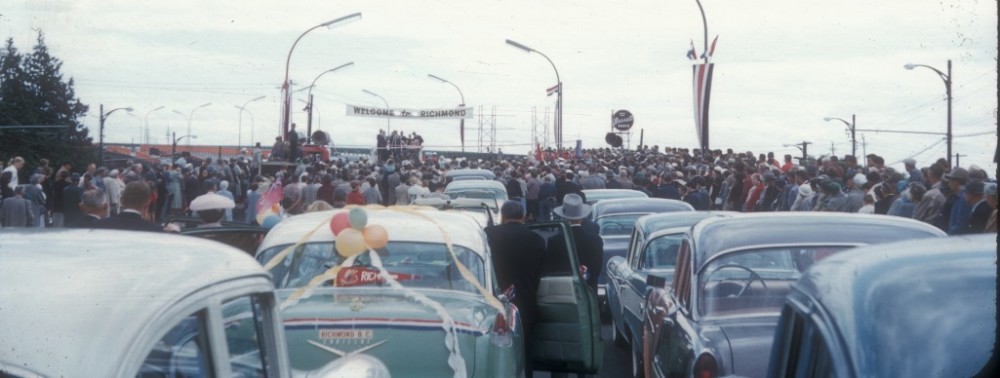A number of letters patent have been issued which have defined Richmond as a municipality. These letters patent have demarcated Richmond’s geographic boundaries and have specified the nature, composition, and powers of its governing Council.
“Letters patent”, as a documentary form, date back to medieval England. Initially, they were created by the monarch to be read aloud as a proclamation granting status to an entity. Letters patent were in contrast to “letters close”, which were documents from the king directed privately to particular recipients. By the late middle ages, letters patent were often written to grant petitions from citizens, a use which is still prevalent today.
“The Corporation of Richmond” was incorporated as a municipality by means of letters patent, issued on November 10, 1879, in the name of the Queen under the Public Seal of the Province, in response to a petition of residents submitted to the provincial government. In addition to defining the first geographic boundaries of the municipality, these letters patent mandated the date of the first municipal election (January 5, 1880) and the date of the first Council meeting (January 12, 1880). The contents of the letters patent were subsequently published in the British Columbia Gazette as required by statute.

1879 letters patent as published in the BC Gazette. City of Richmond Archives MR 300, File LP1
These first letters patent were revoked in 1885 in order to change Richmond’s boundaries. New letters patent gave the municipality all of the islands in the North Arm of the Fraser River and some islands in the South Arm, and ceded the east end of Lulu Island (Queensborough) to New Westminster. They also renamed the municipality “The Corporation of the Township of Richmond” and reduced the size of Council from seven councillors to five, in addition to a reeve.
In 1892, the second letters patent were suspended due to irregularities occurring during the conduct of the municipal election for the Council of 1892. New letters patent re-established the municipality and mandated a new election date, but were written in a manner that caused some confusion as to the municipal boundaries. An amendment was made to these letters patent in 1896 to redefine the boundaries to correspond exactly with those of the letters patent of 1885.

Top of first page of new letters patent of 1892, with 1896 annotations. City of Richmond Archives MR 300, File LP3
Supplementary letters patent were issued in 1910 which reduced the municipal limits of Richmond by extending the boundaries of the municipality of South Vancouver. In 1957, supplementary letters patent increased the number of councillors from five to six. Similarly in 1966, supplementary letters patent increased the number of councillors from six to eight.

First page of 1990 letters patent. City of Richmond Archives MR 300, File LP8
1990 marked the issuing of new letters patent reincorporating the “Corporation of the Township of Richmond” as the “City of Richmond”, an action that was celebrated as a coming of age for the municipality. In 1996, supplementary letters patent extended municipal boundaries to include Sturgeon Bank.
The holdings of the City of Richmond Archives include some of the original, sealed letters patent, along with copies of the contents of the other letters patent as published in the BC Gazette.
[Note – this is an updated version of an article first published in the Spring 2011 issue of the Archives News]













You must be logged in to post a comment.